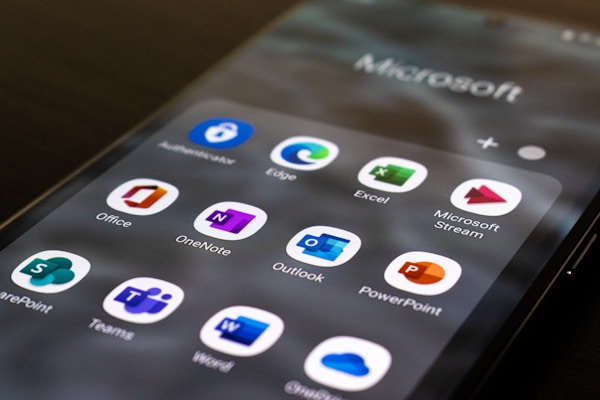Did you know that there are different methods of data cleansing? Depending on the type of data you have, you may need to use a different method to clean it. Keep reading to learn more.
The Pre-Processing Stage of Data Cleansing
The pre-processing stage of data cleansing is the first step in the process of getting your data ready for analysis. This step includes a few specific tasks. The goal of this stage is to make the data as clean and accurate as possible so that it can be easily analyzed.

One common task in the pre-processing stage is identifying duplicate records. Duplicate records can occur when there are multiple entries for the same thing in your data set, such as multiple people with the same name. Removing these duplicates helps to ensure that your data is accurate and complete. Another common task is sorting and organizing the data. This can help you get a better understanding of what your data looks like and make it easier to analyze. Formatting the data into a consistent structure also makes it easier to work with.
Statistical Analysis of Cleaned Data
Statistical analysis is the process of organizing and interpreting data, to identify patterns and relationships. In the context of data cleansing, this means identifying any errors or inconsistencies in the data and then correcting them. Statistical analysis can be used to determine how accurate the cleaned data is, as well as to identify any trends or patterns that may have been missed before. It can also be used to verify the results of other methods of data cleansing, such as manual inspection or machine learning algorithms.
The Data Cleansing Methods
Several different methods can be used to cleanse data:
Manual Review – This involves manually inspecting the data to identify and correct any errors. This is a time-consuming process, but it is often necessary to ensure accuracy.
Data Matching – This involves matching data records with known values to identify and correct any errors. For example, you might match customer addresses against a list of known addresses to identify incorrect or missing information.
Data Cleansing Tools – Several software tools can be used for data cleansing, such as Microsoft Excel or SQL Server Integration Services. These tools allow you to cleanse data quickly and easily, by identifying and correcting errors automatically.

Data Scrubbing – This is a more automated method of data cleansing that uses algorithms to identify and correct errors in the data. It is faster than manual editing, but it can still be time-consuming if there are a large number of records in the table.
Data Validation – This is another automated method of data cleansing that uses rules to identify and correct errors in the data. It is much faster than both manual editing and data scrubbing, but it can only be used with certain types of data.
Duplicate Removal: This method removes duplicate records from the table. This is useful when there are multiple entries for the same person or item in the table.
Sort and Filter: This method sorts the data and then filters it based on certain criteria. This is useful when you want to group data or find specific items in a table.
Script: A script is a set of instructions that can be used to cleanse data. This method is useful when you need to cleanse data that is not easily sorted or filtered.
Data Transformation: This method changes the format of the data in the table. This can be useful when you need to make sure that all of the data in the table meet specific criteria.
Overall, these different methods of data cleansing help to ensure that data is primed and poised for analysis and reporting.
